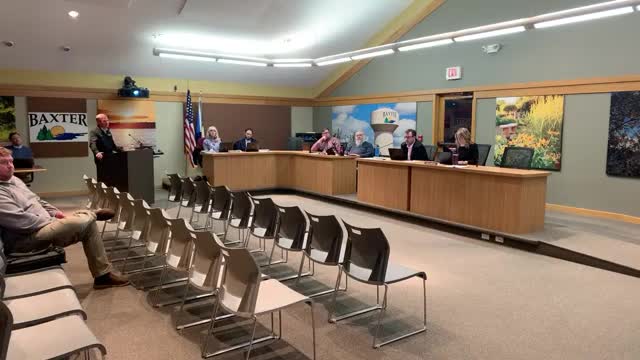Baxter Transportation Project proposes safety improvements for local intersections
March 05, 2025 | Baxter, Crow Wing County, Minnesota
Thanks to Scribe from Workplace AI , all articles about Minnesota are free for you to enjoy throughout 2025!

This article was created by AI using a video recording of the meeting. It summarizes the key points discussed, but for full details and context, please refer to the video of the full meeting. Link to Full Meeting
The session began with discussions on the effectiveness of signalized intersections in managing cross street traffic. Council members noted feedback from local businesses indicating that traffic signals could facilitate quicker movement through intersections, particularly during peak hours. However, concerns were raised about side street backups during lighter traffic periods, highlighting the need for improved access management.
The council explored various improvement options, emphasizing that lower-cost solutions could be implemented more swiftly than larger capital projects, such as interchanges. The concept of "Super Street" intersections was introduced, which involves designing corridors with limited access points to streamline traffic flow. While this approach may not be suitable for all areas, it was suggested as a viable option for specific locations within Baxter.
Attention was also given to the south segment of the city, particularly from the river to the Pine Beach area. The council acknowledged the challenges of predicting traffic patterns in relation to a proposed interchange, emphasizing the importance of ongoing studies to assess the impact of future developments. The need for access management was reiterated, with plans to minimize redundant access points to reduce traffic conflicts.
Specific intersection improvements were discussed, including the Pine Beach intersection, which is part of a grant application aimed at enhancing safety. Proposed changes include creating offset left turn lanes to improve sightlines for drivers. Similar modifications were suggested for the Novotny intersection, where restricted access would help manage traffic flow more effectively.
The council reviewed four options for the Whydah intersection, focusing on increasing left-turn capacity while addressing safety concerns. The discussion highlighted the complexities of managing traffic in residential areas, particularly regarding potential impacts on local neighborhoods.
In conclusion, the work session underscored the council's commitment to improving traffic conditions in Baxter through strategic planning and community engagement. Future meetings will continue to refine these proposals and assess their feasibility as the city moves forward with its infrastructure initiatives.
Converted from City of Baxter March 4, 2025 work session meeting on March 05, 2025
Link to Full Meeting
Comments
View full meeting
This article is based on a recent meeting—watch the full video and explore the complete transcript for deeper insights into the discussion.
View full meeting
